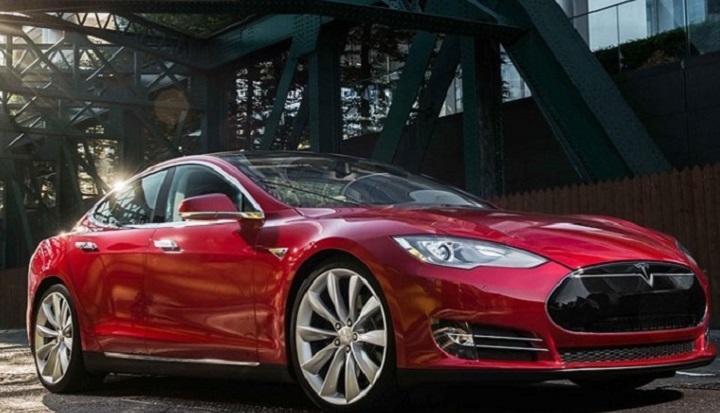Tesla’s (NASDAQ:$TSLA) Model 3 has been one of the most anticipated vehicle releases of the year. On Saturday, CEO Elon Musk announced the completion of the first Tesla Model 3, and has proclaimed it worthy of the road.
However, the “production” car that Musk revealed in a tweet has been the subject of scrutiny. Apart from the $35,000 starting MSRP for the Model 3, there is still a lack of full pricing, official specifications, and even photos of the interior. For a car so late in its pipeline, this is very unconventional. However, Tesla isn’t a very conventional company to begin with, and investors shouldn’t be too alarmed.
What should have investors worried however, pertains to what Musk said a few months back. Musk reportedly informed investors that the Model 3 will not go through any beta or pre-release testing. As such, there still exists questions on the level of testing that has been done on the Model 3 before production.
On top of this, the “soft tooling” process for the adjustment of production tools for new models has also been reportedly skipped for the production of the model 3.
Currently, Tesla has plans for the release of 30 cars at its launch party on July 28th, and 100 more projected for the month of August. Auto manufacturers consider skipping quality control steps a taboo. Prior to entering full production, every car will have to go through a series of testing and production runs in order to ensure quality.
Ford (NYSE:$F), for example, has five “production” runs of their vehicles before any of them are released to consumers. The process consists of a Tooling Trial (TT), two levels of Pilot Production (PP), Mass Production Build 1 (MP1) and Mass Production Build 2 (MP2). For anyone that has test-driven early builds of vehicles, they will know about all of the issues with early “productions”: misaligned paneling, interior trim alignment, and the occasional powertrain malfunction.
These problems persist across all manufacturers, as the point of pre-production runs are to to find and mitigate any errors typically found in first rounds. As vehicles move along the process, they improve drastically, and by MP2, should be a final product that consumers are unable to find many issues with.
The case here is however, that pre-production vehicles take months to test and perfect.
Although there is no way of telling for sure, it seems that Tesla’s first consumers may in reality become the “test drivers” of the vehicle. With the first production of the car rolling off the assembly line, Tesla will be distributing its first cars to its employees. As a result, this may be their way of testing, or perhaps Tesla’s standard of a “production” car could just be very different.
Currently, Tesla has plans for the release of 30 cars at its launch party on July 28th, and 100 more projected for the month of August.
Featured Image: facebook










